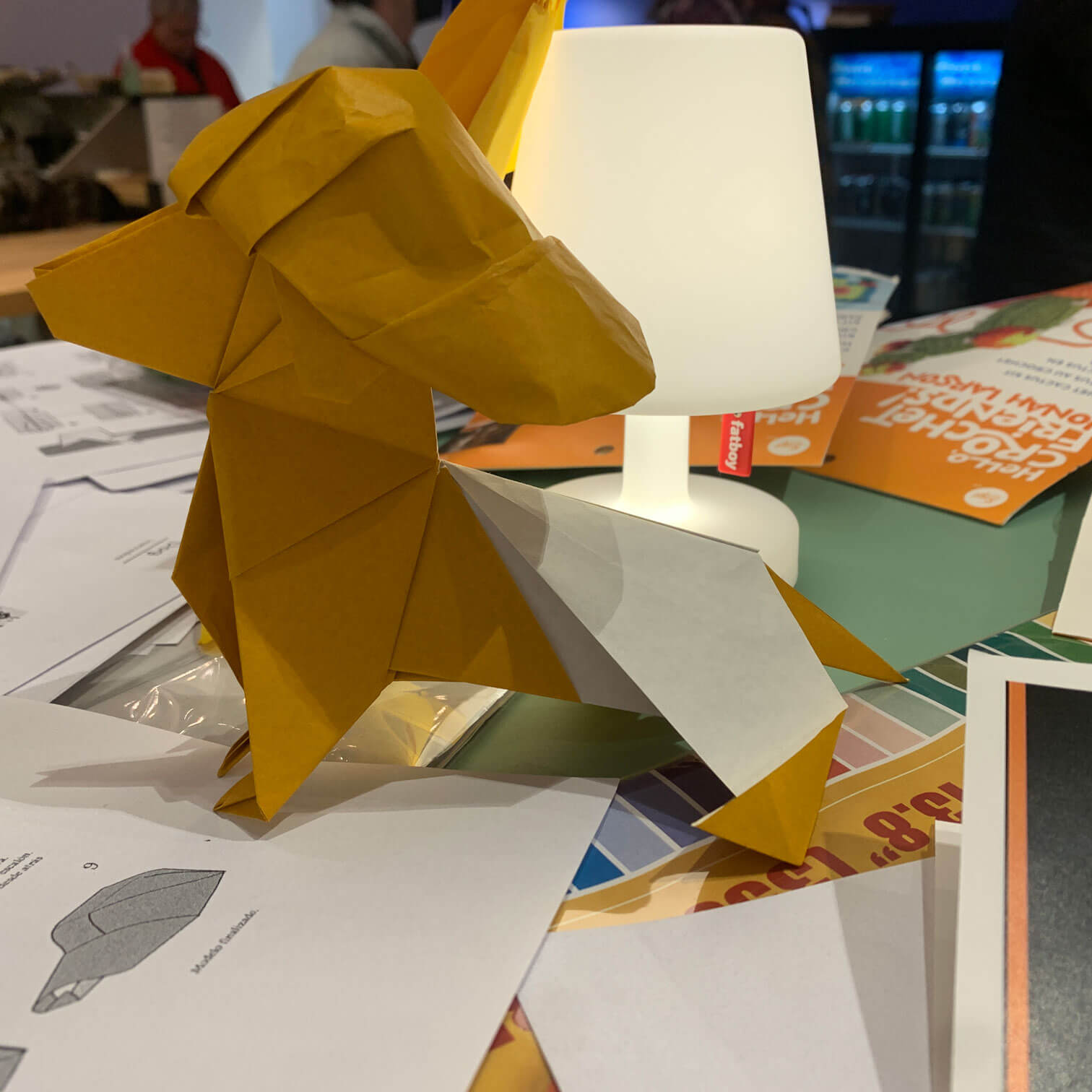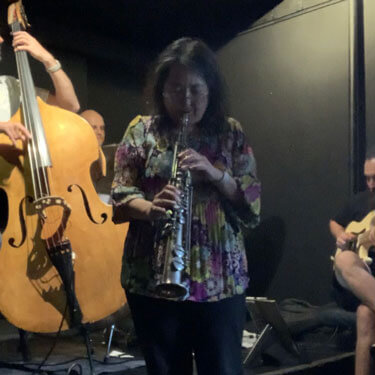Are you creative? Do you want to be? You don’t have to be an artist, writer, or musician to add creativity to your day — that’s the message of National Live Creative Day, observed every year on Sept. 14. It encourages people to look at the world through a creative eye in whatever way they find most appealing.
Creativity — using it to explore the intersection between the sciences and art — is the purpose of NeuroSalon, an ongoing Mountaintop Summer Experience project funded in part by the Office of Creative Inquiry. The project was created in 2021 by neuroscientist Julie Miwa, an associate professor and leading researcher in neuroplasticity in Lehigh’s department of biological sciences.
 Using creativity to express science
Using creativity to express science
The NeuroSalon project empowers students from diverse majors to "speak" the language of scientific knowledge through creativity by making visual, choreographic, and musical creations that artistically represent neuroscientific concepts.
"NeuroSalon seeks to digest the information about the brain and communicate that to non-scientists in a way that isn't intimidating — without too much scientific language, using the arts and music to convey the message," Miwa said.
In NeuroSalon, students create artworks to reflect neuroscientific principles, then present live performances to showcase their work, hoping to inspire observers to “integrate self-expression and nurturing behavior in their own lives,” according to the project’s website. But the passion for creativity also carries the students beyond the project, informing their lives and future careers.
How the team “lives creative”
NeuroSalon member Emma Camp ’24, a behavioral neuroscience major, believes that creativity often comes from doing what we love. “I’m most creative when doing things I’m passionate about — whether it’s drawing or painting in the studio, hiking and enjoying the beauty of nature, or listening to or playing music,” she said. “Creativity is unique to the individual. For others, it may look like gardening, cooking, dancing, knitting, sewing … There are a multitude of ways and places we can tap into our creative selves.”
Mo Chen, a Ph.D. student in cognitive psychology, expresses her creative side by doing origami. “I also do dance to feel creative — I’m the choreographer on the NeuroSalon team for pieces the musicians create.”
For biology major Isabella Mansour ’25, music is her creative language. “Music speaks to me in ways no other art form has. I like to sing and songwrite. I hope to continue my personal research on music's effect on the brain.”
Fitting creative hobbies into her daily life is key for Katherine Stenersen ’24, a behavioral neuroscience major who composes music, plays five instruments, and sings in two vocal groups. “If I can’t find the time, I try to live creatively in smaller ways — trying new recipes, a new workout, or a new way to commute to work. Working creativity into the small choices in life allows me to feel more comfortable when trying new things.”
NeuroSalon’s founder, Miwa, also expresses her creativity through music — she plays jazz saxophone in a band.

Five ways to be more creative
- Go somewhere new — whether it’s a restaurant or a new country. New things excite the mind and make creative abilities bloom.
- Take a notebook and pen with you everywhere and write down observations and ideas. It’s easy to forget creative thoughts if you don’t capture them.
- Spend 10 minutes daydreaming, staring out a window.
- Slow down and use your senses — focus on the flavor of your food, the sounds in nature, the pattern of the clouds, the smell of the air, or the texture of fabric.
- Just do it! Creativity is a muscle: use it or lose it. The more you practice using your creativity, the easier it becomes and the better you get at it.